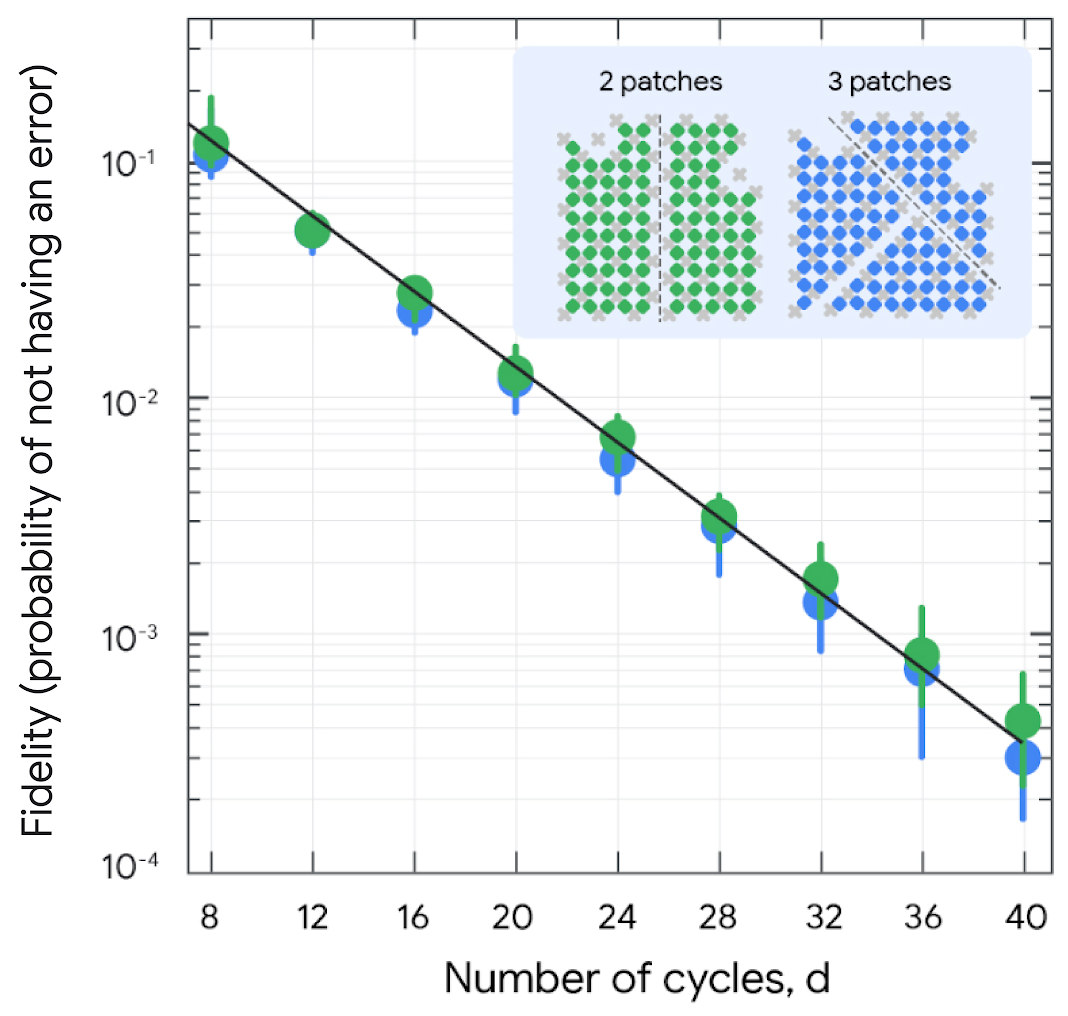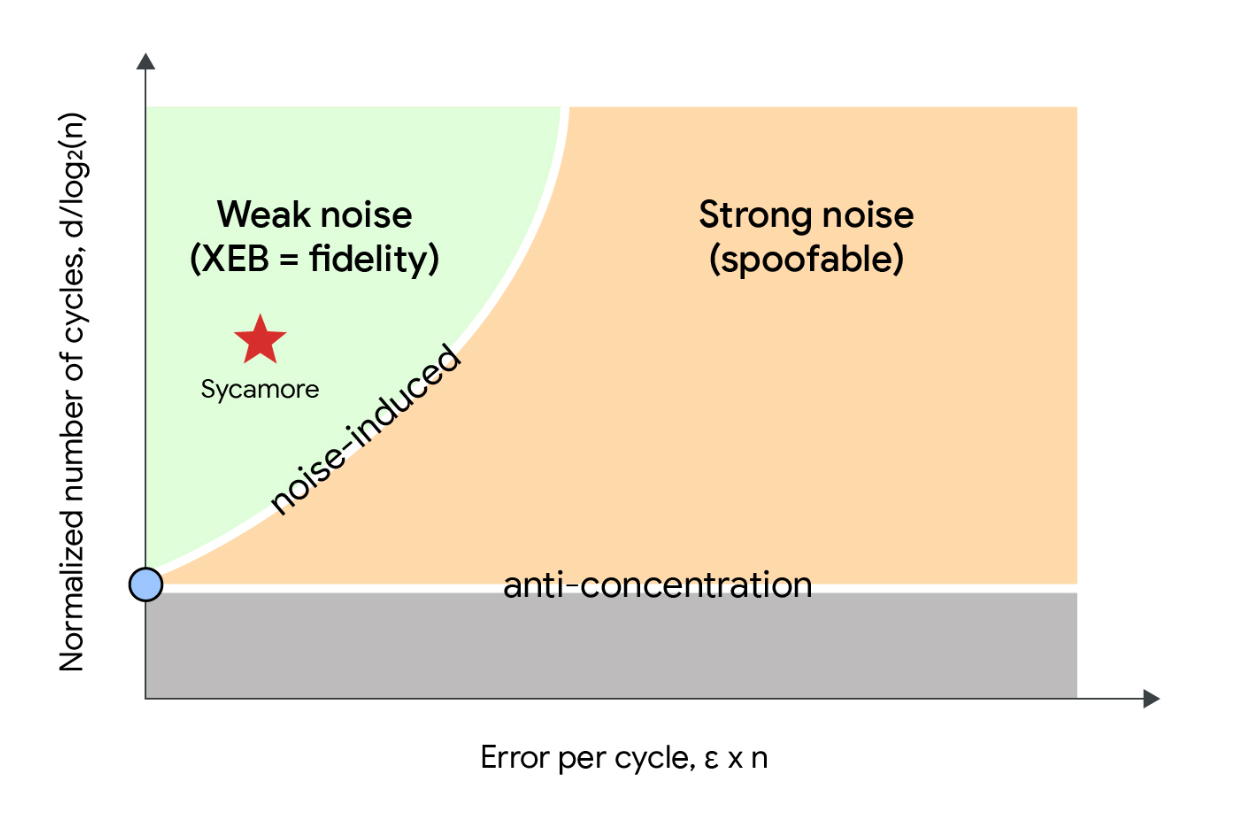Validating Random Circuit Sampling as a Benchmark for Measuring Quantum Progress

Validating Random Circuit Sampling as a Benchmark for Measuring Quantum Progress
This article explores the critical question of whether quantum computers, even in the noisy intermediate-scale quantum (NISQ) era, can provide practical value and outperform classical supercomputers. The research focuses on Random Circuit Sampling (RCS) as a key benchmark for evaluating quantum computer performance in the presence of noise.
The Challenge of Noise in Quantum Computing
Quantum processors in the NISQ era, while promising, are susceptible to errors (noise) that accumulate over time. This noise limits the number of qubits that can be effectively handled, posing a fundamental challenge: can these systems still deliver practical advantages despite these limitations?
Random Circuit Sampling (RCS) as a Benchmark
RCS is presented as a computational task believed to be intractable for classical supercomputers. It serves as a crucial method for demonstrating quantum advantage, or capabilities that surpass classical machines. The challenge for classical computers lies in the exponential growth of information required to describe a quantum circuit's state as it scales.
Key Findings and Advancements
- Twofold Increase in Circuit Volume: The research demonstrates a twofold increase in circuit volume at the same fidelity compared to previous results from 2019. This signifies a significant step in the capability of quantum processors.
- Phase Transitions: The study identifies two distinct phase transitions that govern the behavior of quantum computers as noise strength and the number of qubits change. These transitions reveal critical points where the system's behavior qualitatively changes.
- RCS Reliability: The work reaffirms the reliability of RCS for large-scale experiments, reinforcing its validity as a performance metric for current quantum devices.
- Noisy Quantum Computers Outperforming Supercomputers: The findings suggest that noisy quantum computers have the potential to outperform supercomputers, even with current noise levels, marking a significant step towards practical applications.
Verifying Fidelity with Patch Cross-Entropy Benchmarking (XEB)
Fidelity, a measure between 0 and 1 indicating how close a noisy processor is to an ideal one, is estimated using Patch Cross-Entropy Benchmarking (XEB). For large circuits, the processor is divided into smaller "patches," and XEB is calculated for each. Multiplying these patch fidelities provides an estimate of the overall fidelity.
- Digital Error Model: The solid lines in the experimental results represent the estimated XEB fidelity based on a digital error model that captures the processor's noise characteristics.
- Doubled Circuit Volume, Maintained Fidelity: The latest experiments doubled the circuit volume compared to the 2019 demonstration while maintaining fidelity, a crucial achievement for fault-tolerant quantum computing.

This experiment presents new RCS results with an estimated fidelity of 1.5 × 10⁻³ at 67 qubits and 32 cycles (circuit depth), corresponding to more than doubling the circuit volume over previous experiments for the same fidelity.
Phase Transitions and Spoofing
Noise disrupts quantum correlations, reducing the effective quantum circuit volume. The research investigates whether the full circuit volume can be harnessed despite noise, exploring if a smaller quantum computer could perform an equivalent computation.
- Weak vs. Strong Noise Regimes: The study reveals regions in the parameter space separated by a phase transition. In the weak noise region (green), quantum correlations extend to the full system, enabling beyond-classical experiments. In the strong noise region (orange), the system can be approximated by uncorrelated subsystems, making it potentially simulable by smaller quantum computers or classical algorithms (spoofing).
- Spoofing Algorithms: These algorithms rely on the low quantum correlation property of the strong noise regime. The sharp phase transition between weak and strong noise means spoofing algorithms are not successful in the weak noise regime.
- Sycamore Processor Regime: Numerical simulations confirm that the parameters of Google's Sycamore processor are well within the low noise regime, firmly in the beyond-classical domain.

Sketch of the phase diagram. The green region represents weak noise where quantum correlations enable beyond classical experiments. The orange region represents strong noise where the experiment might be spoofable by classical algorithms. The anti-concentration phase transition separates these regimes.
Significance of Phase Transitions
Phase transitions are fundamental in physics. The noise-induced phase transition observed in noisy RCS has unusual properties: it becomes sharper with increased system size, defying conventional behavior where noise smooths transitions.
Conclusion and Future Work
This research deepens the understanding of quantum computer benchmarking, establishing clear criteria for reliability and strengthening existing beyond-classical claims. The next milestone is demonstrating quantum algorithms that can simulate quantum phenomena in nature, predicting the output of local observables, which will lead to real-world quantum advantage.
Labels: Algorithms & Theory, Machine Intelligence, Quantum
Original article available at: https://research.google/blog/validating-random-circuit-sampling-as-a-benchmark-for-measuring-quantum-progress/